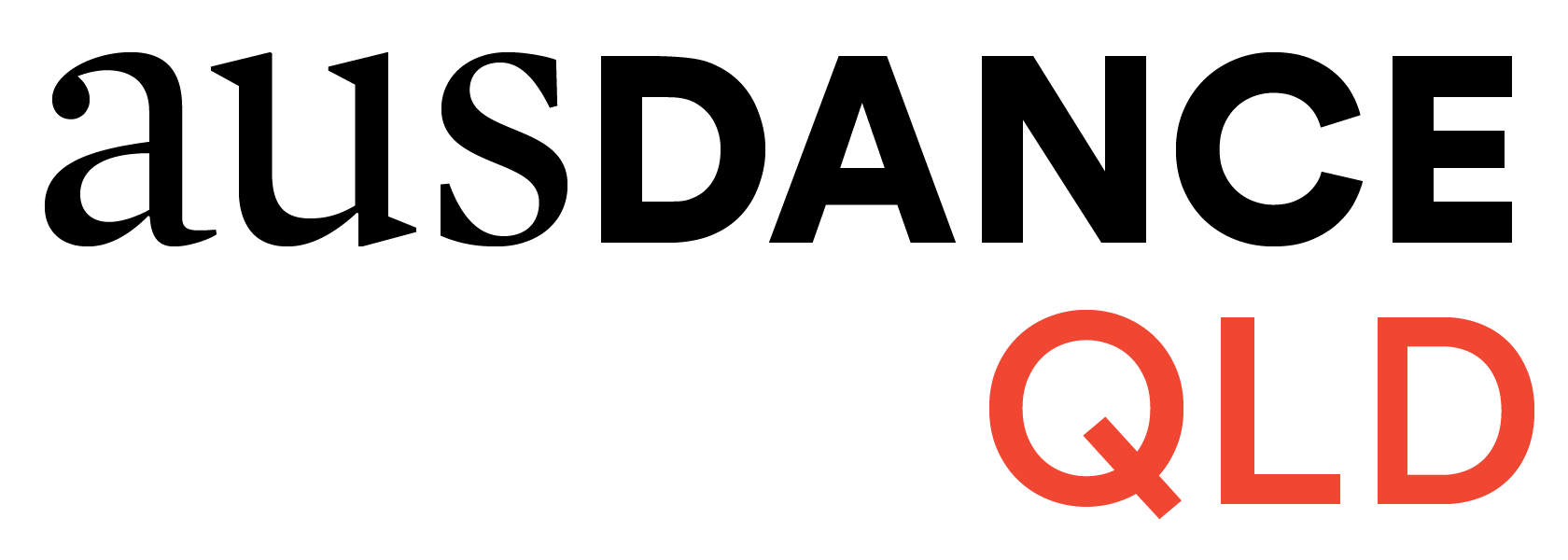IN|FORM | Community Engagement
Bedroom Reminiscing: Reconnecting 2 years post project with female artists in Timor-Leste to talk about the impact of an arts project focused on women’s empowerment through arts and media
COMMUNITY ENGAGEMENT: not just a workshop
Contributed by Erika Goldsmith, Dance Development Officer
The increasingly open ears of funders and decision-makers to the words ‘community engagement’ is a good thing. However, as artists, arts organizations and companies shift to include this in their work and strategy, it is important in our day-to-day business as arts makers to engage in ongoing conversation and reflection. What is community engagement, and how exactly do we go about it? Meaningfully engaging the community you want to share your art with can enable some truly exceptional moments and lasting impacts. It is an opportunity to foster new understandings and connections, and ultimately facilitate lived experiences of art that can change an individual, change a community, change the world. Big stuff right?!
To enable these memorable moments, approaches that empower the community and honour their knowledge and agency are required – something which can often sit a bit outside the understood ‘toolkit’ of artists and arts workers. Whilst there is possibility for incredible outcomes that enrich art, culture and society, less successful community engagement can be tokenistic, damaging and a waste of resources.
I distinctly remember an early formative experience of delivering a community arts program in Timor-Leste during which I failed to appropriately connect with the community I was visiting and develop an understanding of what they would like the program to include. I had assumed that my groups abstract physical theatre workshop alone would be our offering for the exchange, so that is what we worked on. On arrival however we were presented with rehearsed performances from the local dance groups and then promptly handed the floor for our group to share something that we had prepared. Alas as the entire community looked on, this oversight saw us performing a poorly rehearsed hip-hop routine choreographed for a friend’s house party with no music, as this was the best we could do impromptu. Amusing in retrospect but at the time an embarrassing learning curve that had me feeling foolish for the assumptions I had made and sorry for what was potentially a missed opportunity to engage more meaningfully with our hosts.
Since then I have channelled considerable energy into developing a robust community development framework around my arts practice, grounded in principles of empowerment, inclusion, self-determination, human rights and collective action. As a dancer primarily, I have been struck by how these principles require embodiment to be realised and the remarkable possibilities for dance to contribute to this. A revival of community development practice to engage communities in contemporary arts has as much relevance to mainstream and high art practice as is does to community arts. I think it is important to clarify that audience engagement is not community engagement, but that if you do community engagement well there is capacity to reach new audiences. Considering the community from the very inception of the work or programming rather than as a layer on top can support deeper understanding, increased accessibility and participation, leading to potential audience growth. Surely we endeavour to make art that resonates with people? This peoplefocused making process can inject a richness and power into our work – so let’s go to the people as part of the process for their benefit and ours.
As the Dance Development Officer at Ausdance Qld my remit is to look at how to increase participation in dance across Queensland, and I know for sure that my first stop needs to be the people!

